Left to right: Shyanne Smith, Piikani; Jealisa Pelletier, Oji-Cree; Tiffany Alexson, Cree; Jaimee Zoccole, Eagle Lake; Rose Pipestem, Tsuut’ina; Shay Prince Pequis, Cree; Melody Short Saddlelake, Cree; Charlotte Cummer, Metis; Jam Smith Piikani, Blackfoot
One picture says a thousand words about diversity in Ironworkers Local 725
By: Tyler Bedford, Building Trades of Alberta
It was just after the Labour Day long weekend when Ironworkers Local 725 business manager Rob Calver spent the evening with nine ironworkers at the union’s hall in south east Calgary.
While that’s not unusual for Calver, a long-time union activist and proud skilled tradesman, this time was a bit different. This time the ironworkers were all women. All were Indigenous and as Calver points out, “all were very powerful.
“Some of these women were journeypersons with 14 years under their belts and some were brand new to the trade still apprenticing. We had a blast joking around, being sarcastic and I could tell these were bright, happy women excited to be ironworkers.”
During their time in Local 725’s meeting room, the crew watched a promotional video by Indigenous production agency Solway Entertainment, which featured Calver and testimonials from the Indigenous women ironworkers at the hall. The video explained why the union was beneficial to them, how it changed their lives for the better and why other Indigenous folks should be excited and proud to work union.
“I ended up being the brunt of some jokes and mocked mercilessly for my small performance in the video. It was great. It was like I was in any room full of ironworkers,” laughed Calver. “It was a good moment celebrating the work we do and the importance and value of diversity in 725. We had to capture it.”
The group headed to Local 725’s shop, where they’d hired Lightframe 2019 to snap some photos.
Calver explains the local set up a beam to recreate “Lunch atop a skyscraper,” the world-famous photo of ironworkers on lunch break during the construction of New York’s 30 Rockefeller Plaza in 1932.
“The goal was to show our pride in 725’s Indigenous women ironworkers and what we got blew us all away,” said Calver.
“You see, much of southern Alberta, where 725 has had more and more jobs the past few years, lies on the traditional lands of the Blackfoot Confederacy and is inhabited by three Indigenous Tribes: The Blood, The Pikanii, and The SikSika. All these groups have members working for signatory Local 725 companies, but we have not had relationships where ones should be. We are forging relationships now that can be beneficial to all of us.”
Local 725 has signed on to do a pre-apprenticeship program beginning in January 2020 on the Pikanii Nation. At the end of the program, all apprentices will be qualified to work on the Grassy Mountain Coal Mine, located on the Nation’s traditional land. That project could start in late 2020.
Calver explained that for years when construction work has occurred on Indigenous lands in southern Alberta, Indigenous Albertans have been under represented on the work crews.
“We’re looking to change that,” he said.
“With our partnership, more Indigenous workers will get apprenticeships, pensions, health and welfare programs, a decent union wage and labour standards will be upheld to keep Indigenous people working until the end of the projects.”
Keeping people working – and working in Alberta – is a key focus for many skilled-trades unions across the province, especially as Alberta inches closer to a looming shortage of skilled tradesworkers because of retirements.
This shortage includes journeyperson ironworkers. But with an increased focus from Local 725 on finding and training the right people for the job, from every background, there’s hope this labour gap will have less of an impact on labour supply.
“Skilled ironworkers are the finest trainers of apprentice ironworkers. We’re going to continue to build the next generation to the best of our abilities. We will also highlight the value of working union, which means top wages, best pension, best health and welfare plans, best terms of employment and more fairness on the worksite. This is good for the worker and good for the economy.
“And as part of the Building Trades of Alberta, ironworkers are not alone in their fight for the rights of workers, women, Indigenous peoples, apprentices, journeypersons and all Albertans.
“As ‘Indigenous women atop a skyscraper’ shows, all women can succeed as ironworkers. We are proud of our diversity. It is our strength and when we we stick together as a union, we all win,” said Calver.
